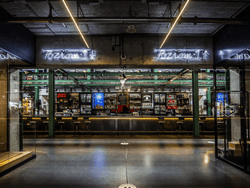
A historic market hall in the heart of Warsaw, combining the charm of old architecture with modern style. This venue offers a diverse culinary experience with a wide selection of restaurants, bars, and specialty shops.

The largest palace and garden complex in Warsaw, founded in the 18th century by the last king of Poland, Stanisław August Poniatowski. On weekends, Chopin concerts are held by the Chopin monument.
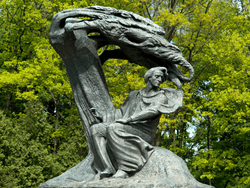
One of the most recognizable and frequently photographed symbols of Warsaw, the monument stands opposite the entrance to Łazienki Królewskie from Ujazdowskie Avenue. During the spring and summer seasons, music lovers gather around the monument for open-air concerts celebrating the great pianist.

One of the largest museums in Poland. It houses paintings, sculptures, and decorative arts, including famous works by both Polish and international masters.
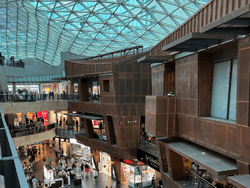
One of the biggest shopping and entertainment complexes in Warsaw, offering many international brands shops, unique boutiques, modern cinema and restaurants.
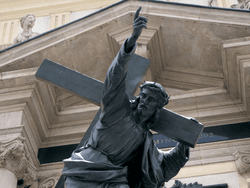
One of the most famous baroque churches in Warsaw. After Fryderyk Chopin's death in Paris, his heart was brought to Poland and interred in the Church of the Holy Cross.
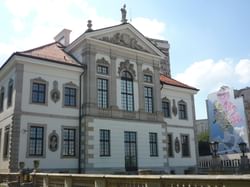
Located in the renovated Ostrogski Castle, it is the most modern interactive biographical museum in Europe.
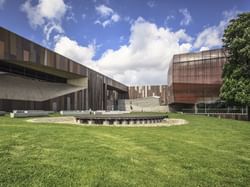
Discover fascinating exhibits, experiments, and simulations that will spark your curiosity and provide unforgettable experiences.
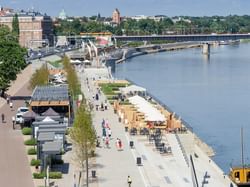
A riverside promenade filled with viewpoints, greenery, and restaurants.

Built in the 13th century as a residence for the Mazovian dukes. It was restored after wartime destruction, with reconstruction completed in 1984.

Historic, oldest part of the city, established in the 13th century as the residence of the Mazovian dukes.
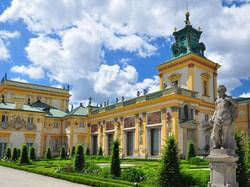
A gem of baroque architecture surrounded by stunning gardens that transport you to the era of king Jan III Sobieski. Strolling through the palace's elegant interiors reveals the rich history of Polish aristocracy.

Koszyki Market Hall
A historic market hall in the heart of Warsaw, combining the charm of old architecture with modern style. This venue offers a diverse culinary experience with a wide selection of restaurants, bars, and specialty shops.
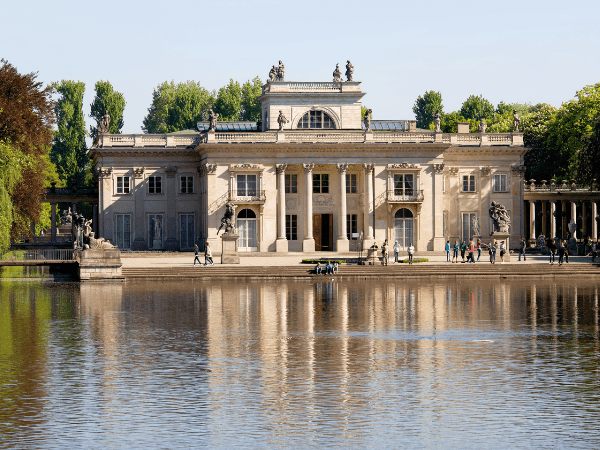
Royal Łazienki
The largest palace and garden complex in Warsaw, founded in the 18th century by the last king of Poland, Stanisław August Poniatowski. On weekends, Chopin concerts are held by the Chopin monument.

Frederic Chopin Monument
One of the most recognizable and frequently photographed symbols of Warsaw, the monument stands opposite the entrance to Łazienki Królewskie from Ujazdowskie Avenue. During the spring and summer seasons, music lovers gather around the monument for open-air concerts celebrating the great pianist.
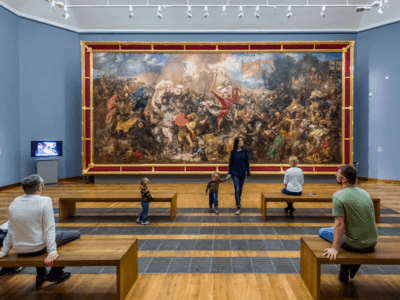
National Museum
One of the largest museums in Poland. It houses paintings, sculptures, and decorative arts, including famous works by both Polish and international masters.
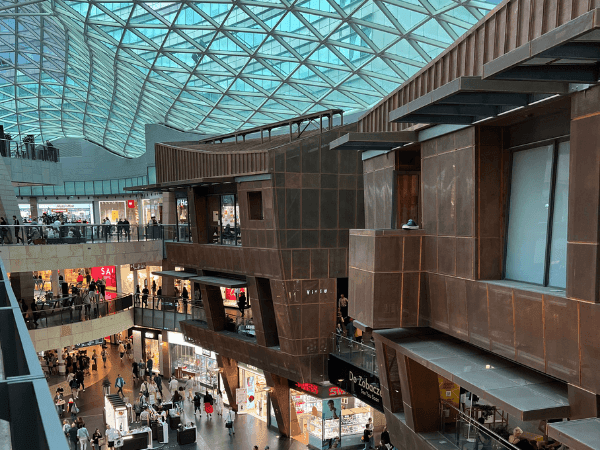
Złote Tarasy shopping mall
One of the biggest shopping and entertainment complexes in Warsaw, offering many international brands shops, unique boutiques, modern cinema and restaurants.
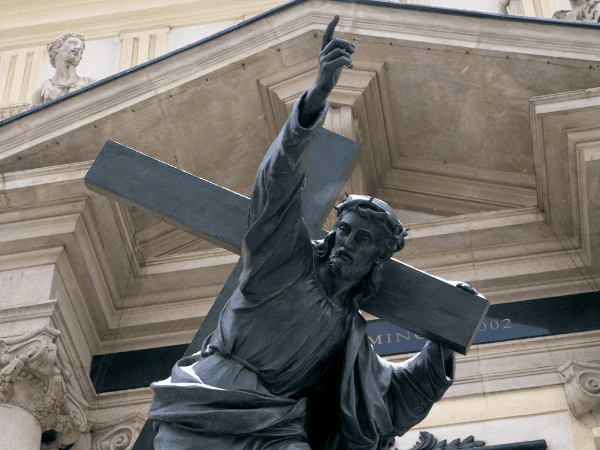
Minor Basilica of the Holy Cross
One of the most famous baroque churches in Warsaw. After Fryderyk Chopin's death in Paris, his heart was brought to Poland and interred in the Church of the Holy Cross.
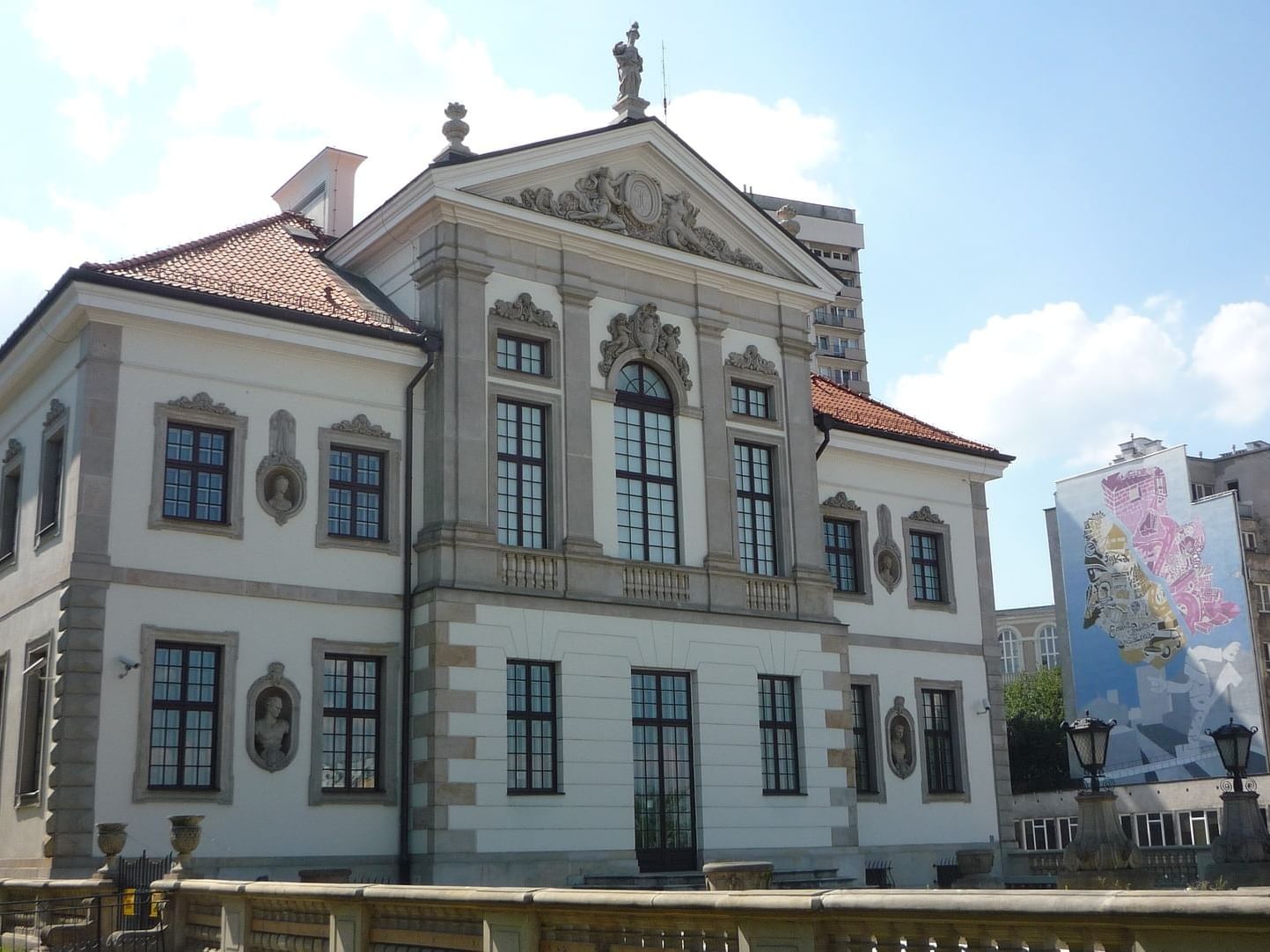
Frederic Chopin Museum
Located in the renovated Ostrogski Castle, it is the most modern interactive biographical museum in Europe.
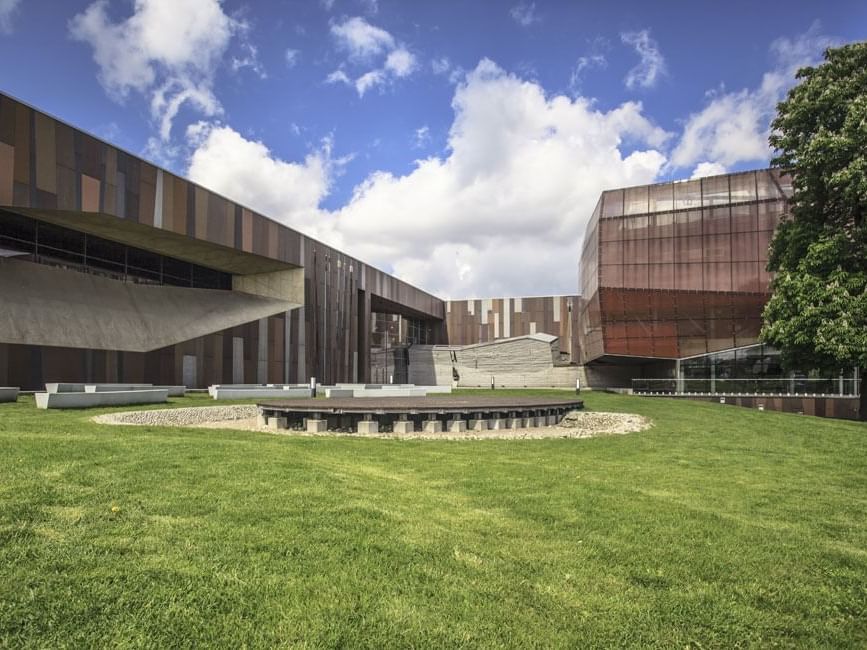
Copernicus Science Centre
Discover fascinating exhibits, experiments, and simulations that will spark your curiosity and provide unforgettable experiences.
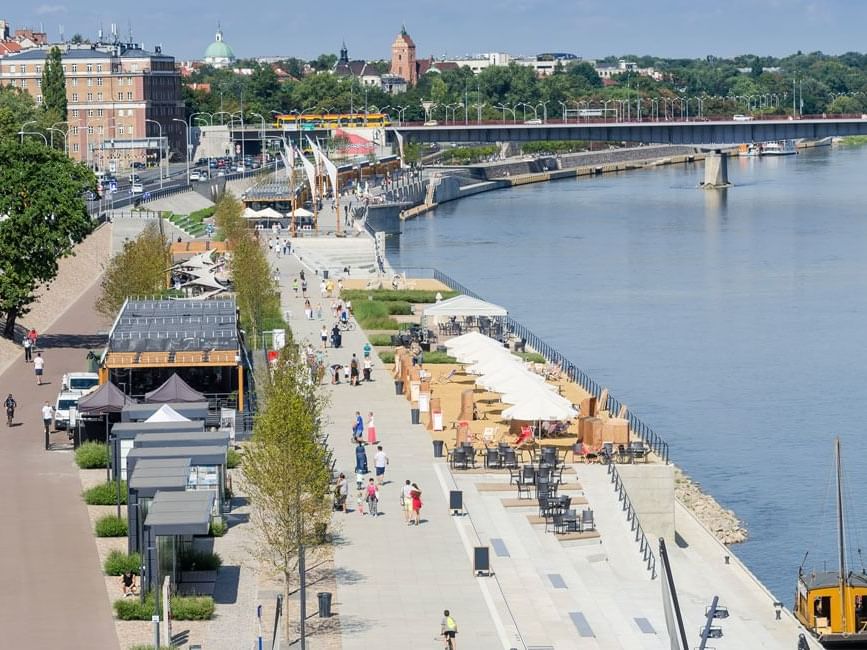
Vistula River Boulevards
A riverside promenade filled with viewpoints, greenery, and restaurants.
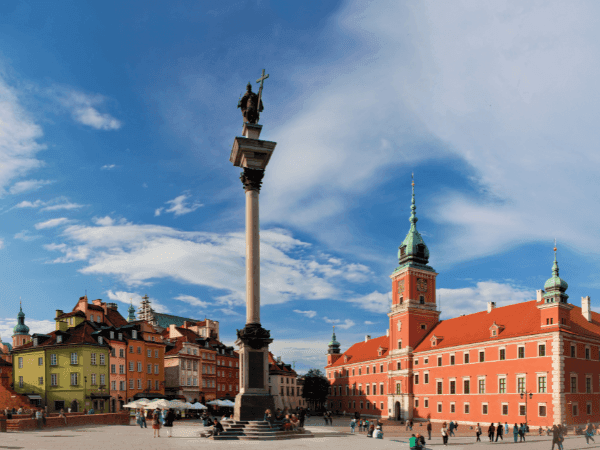
Royal Castle
Built in the 13th century as a residence for the Mazovian dukes. It was restored after wartime destruction, with reconstruction completed in 1984.
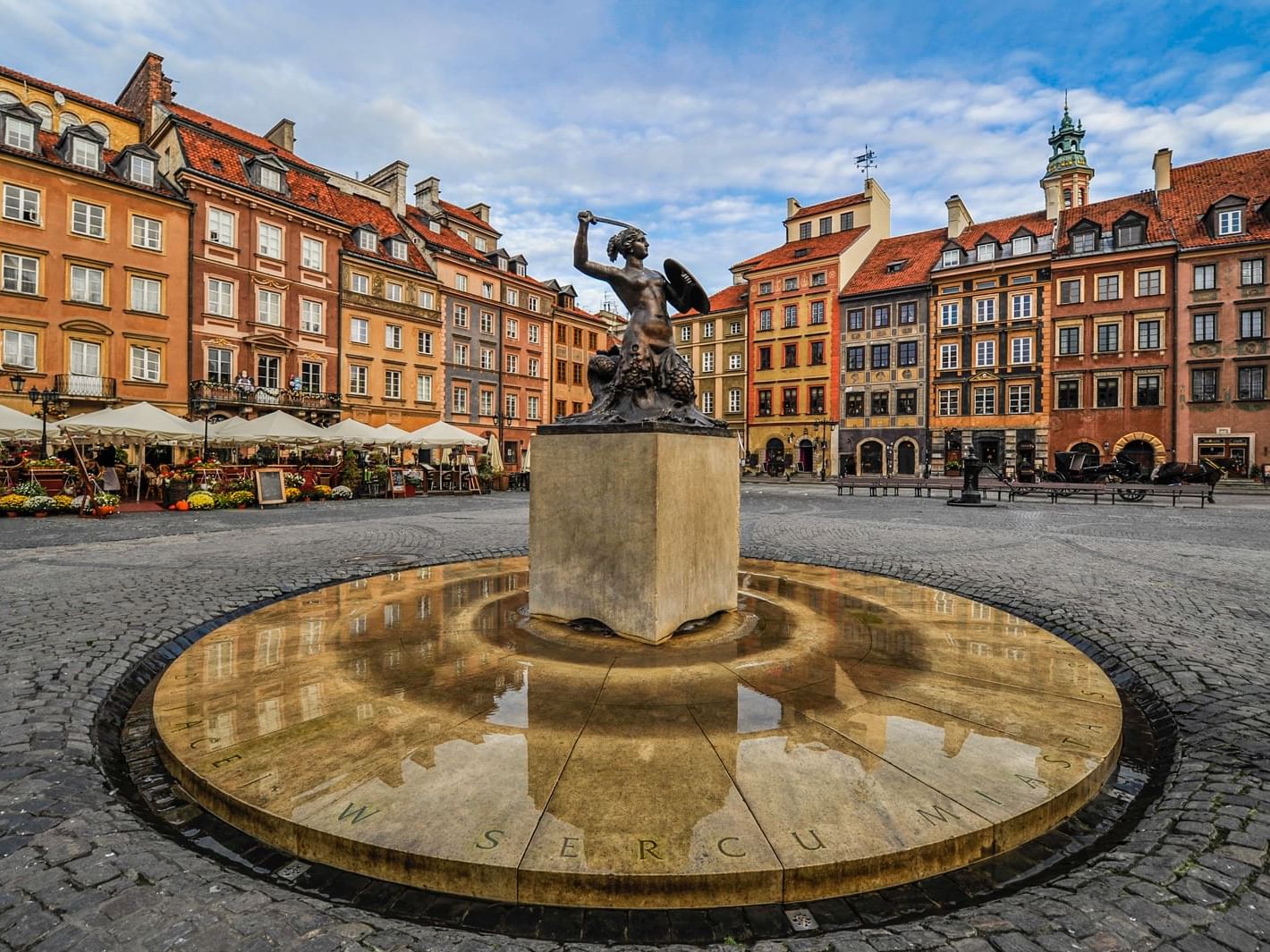
Old Town
Historic, oldest part of the city, established in the 13th century as the residence of the Mazovian dukes.
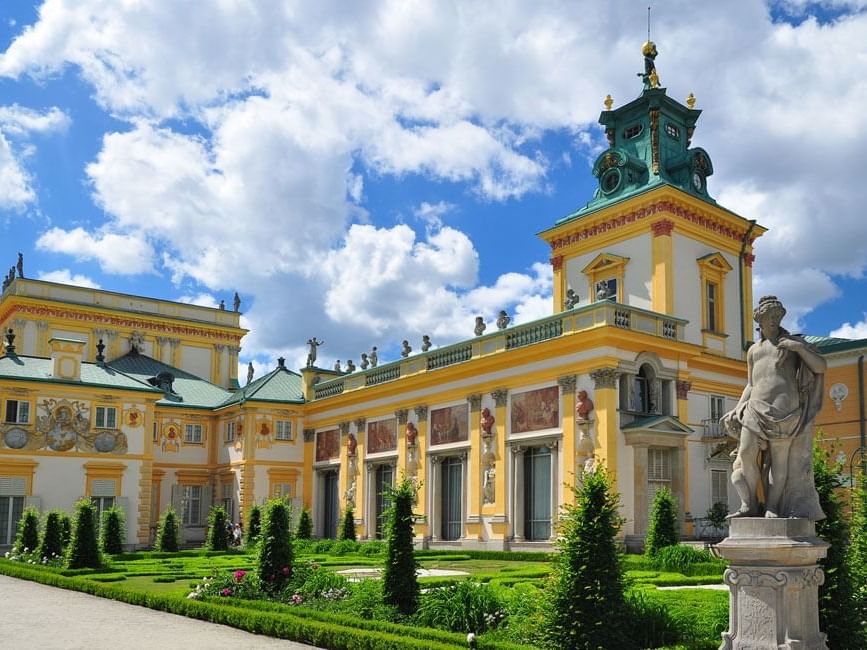
Wilanów Palace
A gem of baroque architecture surrounded by stunning gardens that transport you to the era of king Jan III Sobieski. Strolling through the palace's elegant interiors reveals the rich history of Polish aristocracy.